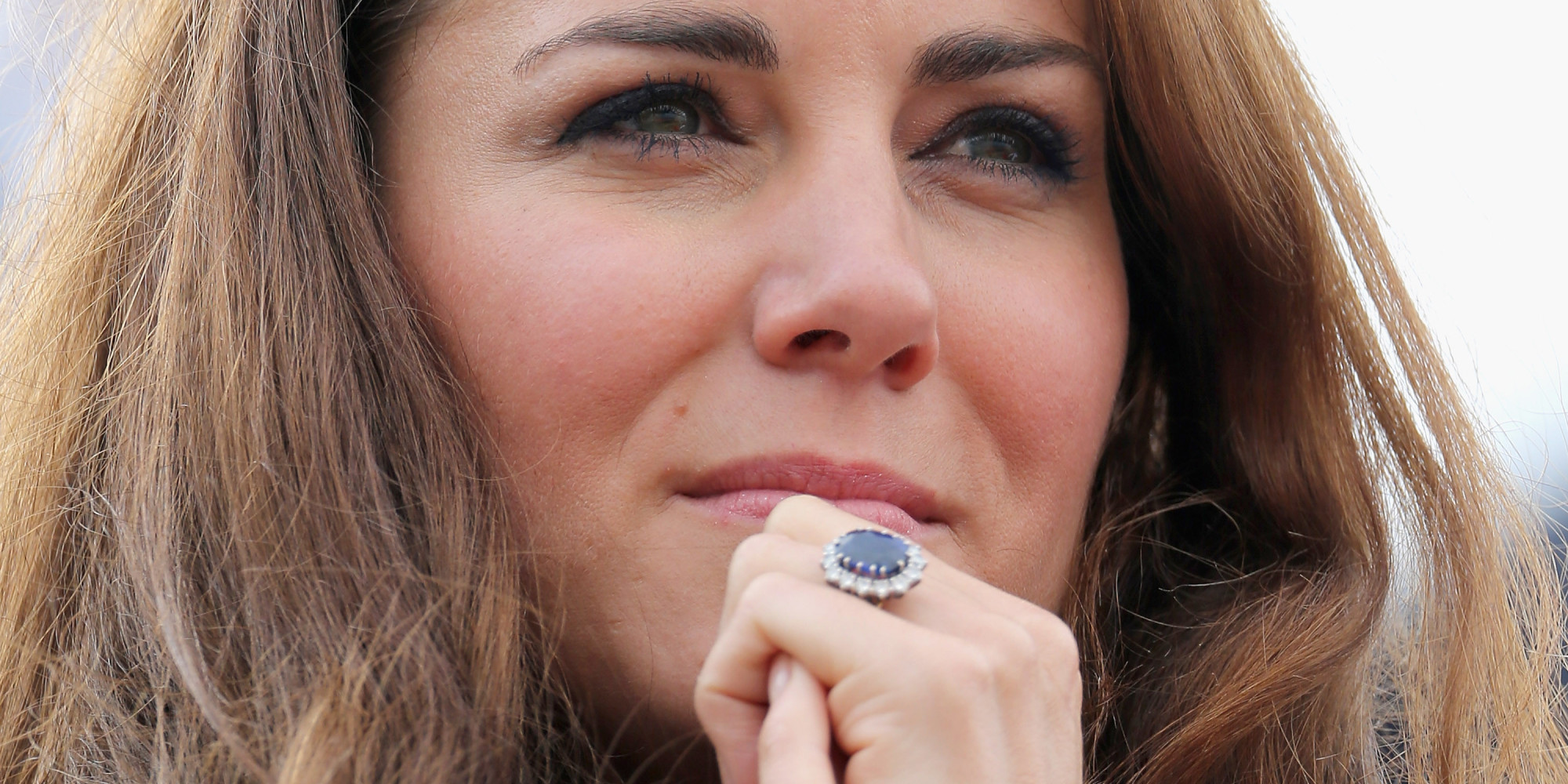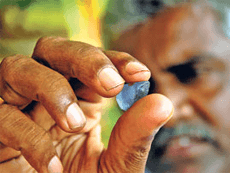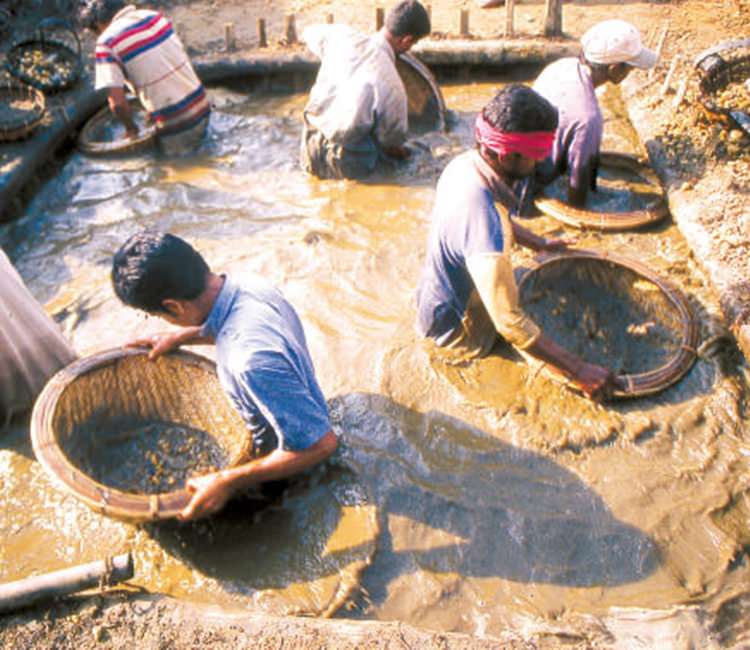COLOMBO, Sept 12 (NIA) – 72 year old Mohammed Saleem and his family have been in the gem trade for over 40 years. Owning a large gem showroom in the capital, showcasing Sri Lanka’s most unique and rare gems, Saleem’s business has now been hampered by ‘fake foreign traders’ who are now running a fully fledged business in the island nation.
Saleem and his sons, often dubbed as the ‘leaders in the Sri Lankan gem industry’ due to their years of experience in trading the best quality stones, are now facing the pinch from these fake traders. According to him, fake stones, which are sold as originals are sold at a very low cost to unsuspecting buyers, and this is now tarnishing the image of Sri Lanka’s lucrative gem industry.
“These foreigners are masters in their own trade. Often with local partners, they have fake stones in their showroom which are very similar to the original ones. A common man will never know the difference between the fake and the original which is why it is easy to run their business,” Saleem said.
“What they sell is just coloured pieces of glass. It is a shame as Sri Lankan gems are the best in the world.”
Ceylon sapphires, an expensive and immensely popular stone, enjoyed a huge boost five years ago when it was revealed that the engagement ring which Prince William gave Catherine Middleton, included a Ceylon Sapphire as its centerpiece.

Saleem said that many high profile figures including president’s, stars etc have all purchased Sri Lanka’s world class gems.
“These traders, who are often from East Asian countries, often lure their own people to visit their showrooms. For eg, once when we had a group of tourists visiting our showroom, a man suddenly appeared, spoke to the tourists in their local language and lured them all away, promising cheaper stones in their showroom. This happens very often,” Saleem and his son explained.
“What is even more surprising is that they provide valuation certificates”
Seated behind a row of precious and semi precious stones, Saleem suddenly removed a ruby, which costed over a 1000 US dollars. He then removed a fake, and explained the difference. To a layman, the difference cannot be noticed.

“It is the same with sapphires. Infact Ceylon Sapphires are the most sought after. Its price also ranges from a few thousand to many hundreds of thousands of dollars. But I know a man who as sold a Ceylon Sapphire for a few hundred dollars.”
Another gem trader, situated in Colombo said that these glass stones, were either manufactured and treated here or were smuggled in from overseas.
“These so called foreign traders invest a lot of monies into running this fake industry and it is sad that nothing is being done about it,” the trader said.
Sri Lanka’s gem industry has a very long and colorful history. Sri Lanka was affectionately known as Ratna-Dweepa which means Gem Island. The name is a reflection of its natural wealth.
Marco Polo wrote that the island had the best sapphires, topazes, amethysts, and other gems in the world.
Sri Lanka has the highest density of gem deposits compared to its landmass. Ratnapura, which is about 97 km away from Colombo, contains the most gem deposits and derived its name from the gem industry. Ratnapura means “city of gems”.
Geologists say more than four-fifths of Sri Lanka’s 65,000 square kilometre (25,000 square mile) land mass could contain underground gems.

Recently a Sri Lankan gem trader who claimed to own the world’s largest blue star sapphire decided to sell the stone for the dizzying asking price of $300m (£206m).
The rare egg-shaped stone weighs 1,404.49 carats and has been authenticated as the biggest of its kind at the Gemological Institute of Colombo (GIC), a private laboratory in the Sri Lankan capital.
Industry experts said the stone was so rare it was impossible to give a valuation.
The owner said he based his asking price on the Black Star of Queensland, a star sapphire reportedly sold for $100m in 2002, although details were not publicly disclosed.
“When we have such world class stones right here, it is a shame that fake stones have now infiltrated into our industry,” Saleem said.
(Name changed to protect the identity of the trader)






















































